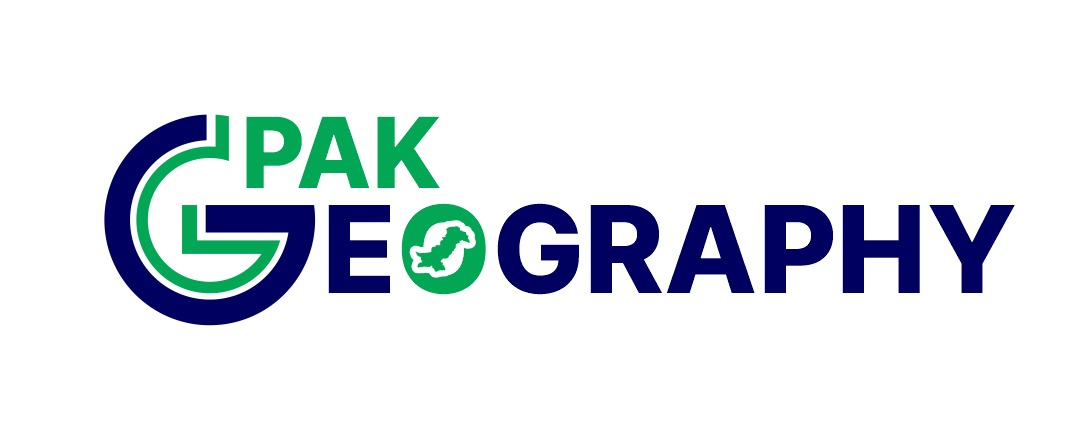Shah Pur Laman is located in Tehsil Jalalpur Pirwala of Multan District, Punjab Province, Pakistan. According to the Pakistan Bureau of Statistics 2023 census, this village has 4,159 residents comprising 2,056 males and 2,103 females. Females form a slight majority at 50.6 percent while males constitute 49.4 percent of the population. The village extends over 5,590 acres (22.62 square kilometers), representing 0.61 percent of Multan District’s total area of 3,720 square kilometers. With a population density of 0.74 persons per acre, Shah Pur Laman is one of the most sparsely populated villages, offering abundant land per resident. The village accounts for 0.08 percent of Multan District’s population.
Educational Status in Shah Pur Laman
The literacy rate stands at 28.4 percent for the population aged 10 years and above, which is 33.01 percentage points below Multan District’s 61.41 percent literacy rate. Male literacy reaches 36.6 percent while female literacy drops to 20.1 percent, showing a gender gap exceeding 16 percentage points. Compared to district averages of 67.28 percent for males and 55.27 percent for females, Shah Pur Laman lags behind by 30.68 and 35.17 percentage points respectively. Educational attainment shows 290 males and 160 females completed primary but below matric education. At matric but below degree level, 58 males and 14 females qualified. Higher education remains limited with 16 males and 6 females holding degrees, indicating poor access to advanced educational facilities.
Community Structure
Religious composition reveals 4,152 Muslims and 7 individuals of other faiths. Shah Pur Laman has 2,846 residents aged 10 years and above, forming the literate-eligible population. Adults aged 18 years and above number 2,091, representing the working-age group. Senior citizens aged 60 years and above total 276 individuals.
Development Potential
With exceptionally low population density and vast land resources, Shah Pur Laman has tremendous agricultural potential. However, the low literacy rates, particularly the 20.1 percent female literacy, require urgent attention for comprehensive rural development.
Data Summary
| Parameter | Value | District Comparison |
|---|---|---|
| Population | 4,159 | 0.08% of district |
| Males | 2,056 (49.4%) | – |
| Females | 2,103 (50.6%) | – |
| Literacy Rate | 28.4% | 33.01% below district |
| Male Literacy | 36.6% | 30.68% below district |
| Female Literacy | 20.1% | 35.17% below district |
| Total Area (acres) | 5,590 | – |
| Total Area (sq km) | 22.62 | 0.61% of district |
| Density | 0.74/acre | – |
